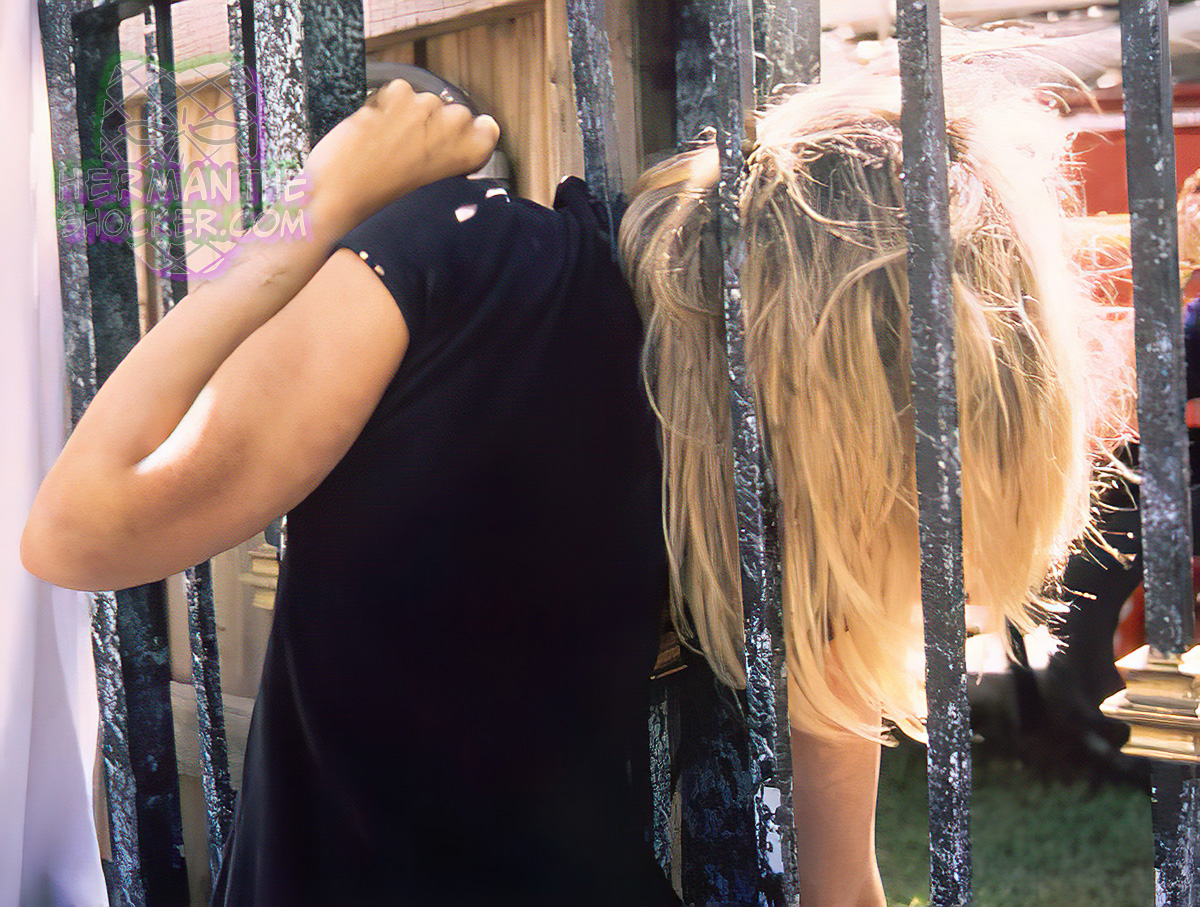The woman shown in the images was trying to open the electronically controlled iron gate by reaching through the bars to depress the button on the control panel mounted next to the gate. The moving gate crushed her against the frame of the gate, pinning her body in the upright position. Black grease on her left hand was from her efforts to push open the gate.
Dirt, a linear indentation, and purple ecchymoses on the left side of the mandible and neck correlated with internal ecchymoses and a fracture of the hyoid bone discovered at autopsy. Petechiae were evident on the face and in the eyes at the scene, and petechiae in the lining membrane of the sphenoid sinus, subglottic region of the larynx, and posterior hypopharynx were found at autopsy. The cause of death was traumatic (or mechanical) asphyxia.
Take-home message
A visit to the scene may provide the cause and manner of death at a glance. In the autopsy room, a young woman with neck trauma and facial and conjunctival petechiae would raise the suspicion of a homicide if the history and scene photographs were not available.
Points to consider
- Photograph the body from different angles to demonstrate the upright position of the body pinned in place, the edge of the gate against the neck, and the position of her left hand.
- Look for and photograph pertinent findings on the body such as the conjunctival petechiae and the marks on the left side of her neck.
- Meticulous documentation should be the standard for all cases because it cannot be predicted which cases will undergo major scrutiny in either criminal or civil court.
- Toxicological analyses should be performed on all accidental deaths to evaluate the potential contribution of drugs and ethanol to the fatal event.
Latest posts














